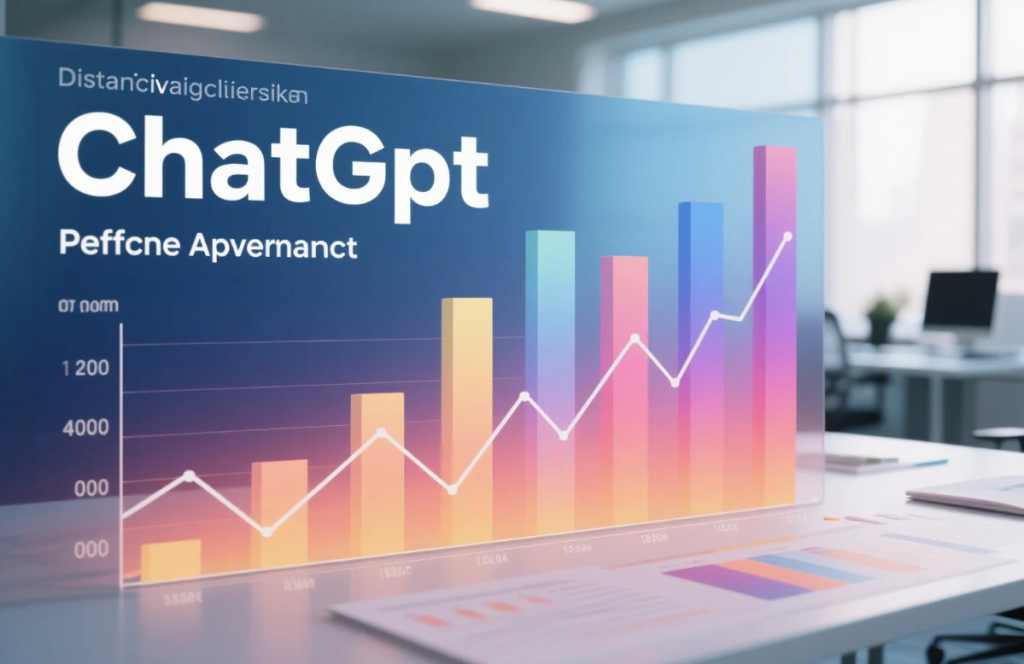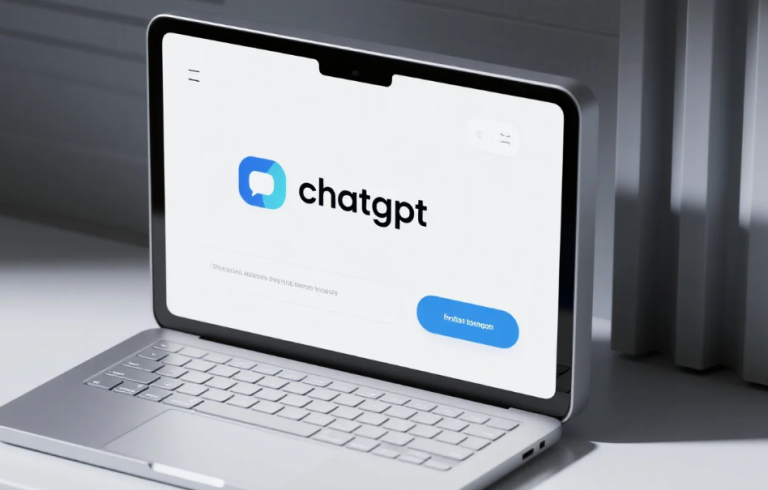Writing performance reviews can be stressful. Balancing honesty, clarity, and encouragement is tricky. Luckily, AI tools like ChatGPT can make this process faster and more structured. Learning how to write performance review with chatgpt helps managers, HR professionals, and even employees complete evaluations efficiently without losing professionalism.

In this guide, we’ll explore step-by-step methods, practical prompts, and real examples. By the end, you’ll know how to create personalized, actionable, and polished performance reviews in minutes.
Why Using AI for Performance Reviews Works
Many people hesitate to use AI because they fear it will sound robotic. Actually, ChatGPT can generate natural language, adapt tone, and provide structured suggestions. For instance, it can draft both positive feedback and constructive criticism simultaneously.
Moreover, using AI reduces bias. Humans sometimes struggle to phrase criticism politely, but ChatGPT can help balance the tone. This ensures your evaluations are fair and constructive. Therefore, learning how to write performance review with chatgpt is more than a convenience—it’s a way to maintain professionalism consistently.
However, it’s worth noting that AI should assist, not replace, your judgment. Personal touches and context from direct observation are still crucial.
Step 1: Preparing Your Inputs
Before asking ChatGPT to generate a review, gather necessary information. Include:
- Employee’s achievements
- Challenges faced
- Goals for the next period
- Peer or client feedback
Providing detailed context allows the AI to create more accurate and meaningful content. For example, you might feed a prompt like:
“Write a performance review for an employee who increased sales by 20% but needs to improve punctuality.”
This step ensures that your output is specific and actionable, not generic.
Step 2: Crafting Effective Prompts
The key to success is knowing what to ask. A good prompt contains:
- Employee role and responsibilities
- Timeframe of evaluation
- Desired tone (formal, friendly, encouraging)
- Specific areas to highlight
For instance, a manager could write:
“Write a performance review for a software engineer over the past quarter. Include achievements in project delivery, teamwork, and areas for improvement.”
Interestingly, even subtle changes in wording produce vastly different results. Therefore, testing multiple prompts is often worthwhile.
Step 3: Reviewing AI Output and Editing
ChatGPT generates drafts quickly, but it’s essential to review them. Look for:
- Accuracy: Are the achievements correctly represented?
- Tone: Does it sound encouraging but honest?
- Clarity: Is the feedback actionable?
After initial generation, you can refine sentences or adjust phrasing. For example, changing “needs to improve communication” to “would benefit from more proactive updates in team meetings” is softer and more actionable.
Using AI doesn’t eliminate editing—it streamlines it. This approach ensures your final performance review is professional and tailored.
Step 4: Using Examples for Different Scenarios
AI excels at adapting to various performance levels. Here are examples:
- High performer: “Consistently exceeded targets, demonstrated leadership, and contributed innovative solutions.”
- Average performer: “Met expectations in core tasks but could improve efficiency and proactive communication.”
- Needs improvement: “Struggled with deadlines in some projects but showed willingness to learn and adapt.”
Such templates save time while maintaining a human tone. This is why knowing how to write performance review with chatgpt is especially useful for HR teams managing multiple evaluations.
Step 5: Advanced Tips and Tricks
- Use bullet points: Helps readability and ensures clarity.
- Combine multiple inputs: Merge peer feedback, manager notes, and self-assessment into a single prompt.
- Specify tone: Mention “supportive,” “neutral,” or “formal” to match company culture.
- Iterate: Generate multiple drafts, then pick the strongest version.
However, it’s worth noting that over-reliance on AI may lead to generic phrasing. Always infuse personal insights to make reviews authentic.
Case Study: Saving Hours on Quarterly Reviews
A mid-size tech company used ChatGPT for 50 performance reviews in one quarter. Traditionally, this took 20–30 hours per manager. By using AI, managers generated drafts in minutes, then personalized key points. Result? Significant time saved and consistent feedback across the team.
One HR lead said, “It’s not about AI replacing judgment. It’s about freeing time to focus on real coaching conversations.” This real-world scenario shows why learning how to write performance review with chatgpt can transform workflow.
Common Questions and Misconceptions
- Does AI replace managers? No, it assists but cannot fully capture nuanced interpersonal dynamics.
- Will reviews sound robotic? Not if prompts are detailed and edited carefully.
- Can it handle self-assessments? Yes, AI can structure and polish employee-written reviews too.
Therefore, ChatGPT is a tool, not a shortcut around thoughtful evaluation.
Final Thoughts
Writing performance reviews doesn’t have to be stressful or time-consuming. With proper preparation, structured prompts, and careful editing, you can produce clear, professional, and fair evaluations quickly. For managers and HR professionals, learning how to write performance review with chatgpt is a game-changer. It saves time, ensures consistency, and enhances feedback quality—all without removing the human touch.



